home | anatomy | physiology | pathology | clinical guides | memory games
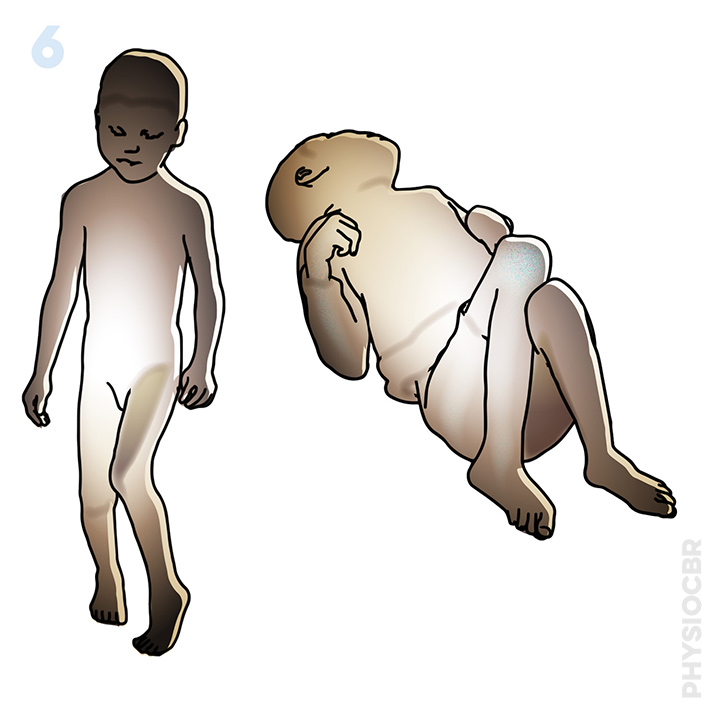
Is there increased tone in both legs? (eg legs scissoring or difficult to straighten)

go to 7

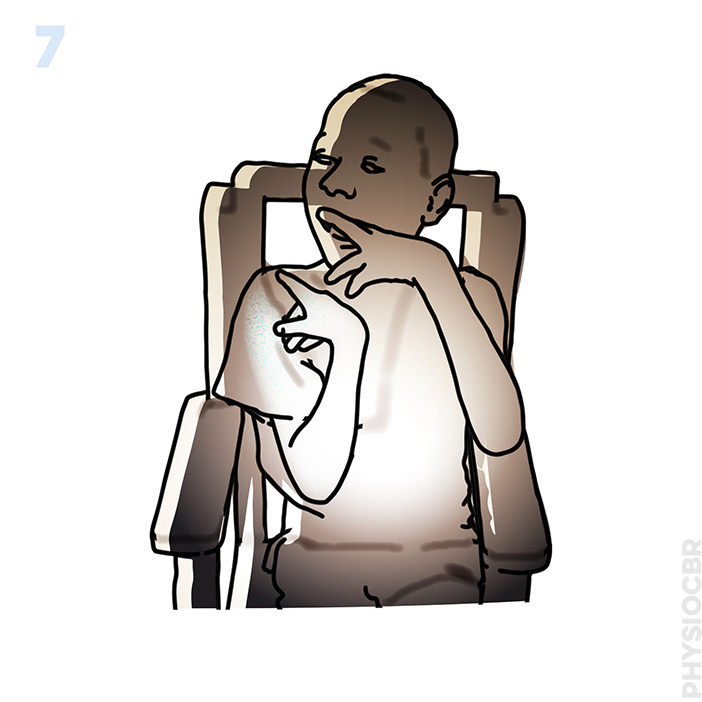
Is there increased tone in both arms? (eg arms stiff and difficult to straighten). One arm may be affected more than the other

go to 8

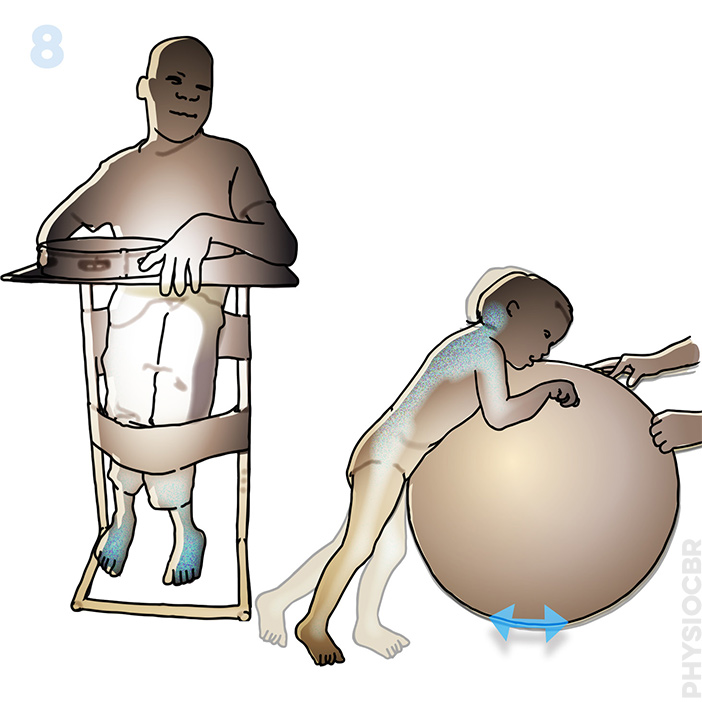
Are the legs able to move more freely than the arms? (if a toddler then walking unlikely)

go to 9


Is there increased tone in both arms? (eg arms stiff and difficult to straighten). One arm may be affected more than the other

go to 8


Are the legs able to move more freely than the arms? (if a toddler then walking unlikely)

go to 10

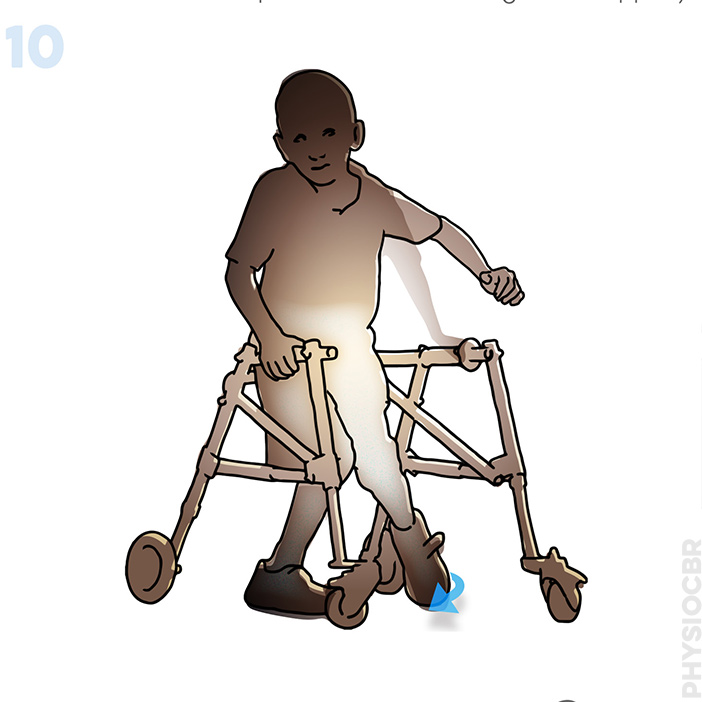
Are the legs stiffer than the arms? (ie walking is possible but it is up on toes and needing some support)

go to 11


Is there increased tone in both legs? (eg legs scissoring or difficult to straighten)


go to 12
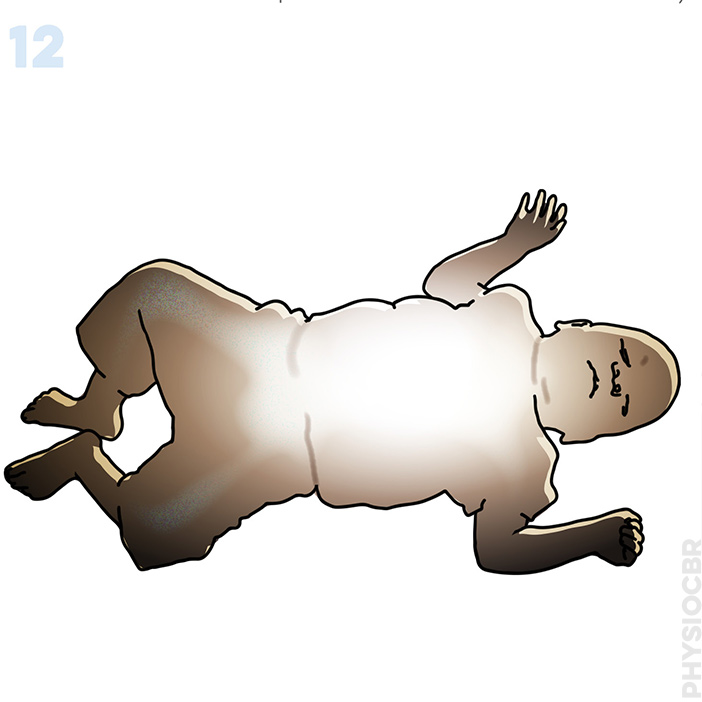
Are both legs ‘floppy’? (ie legs tend to fall into a frog leg posture and not kick or move much)

go to 13

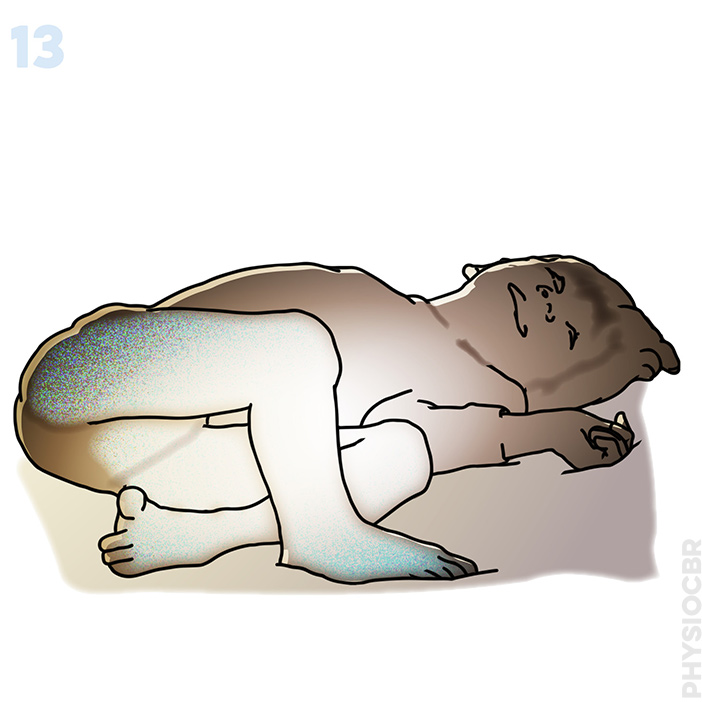
Does the child have ‘floppy’ arms? (ie unable to lift arms to get a toy or move them much)

go to 14

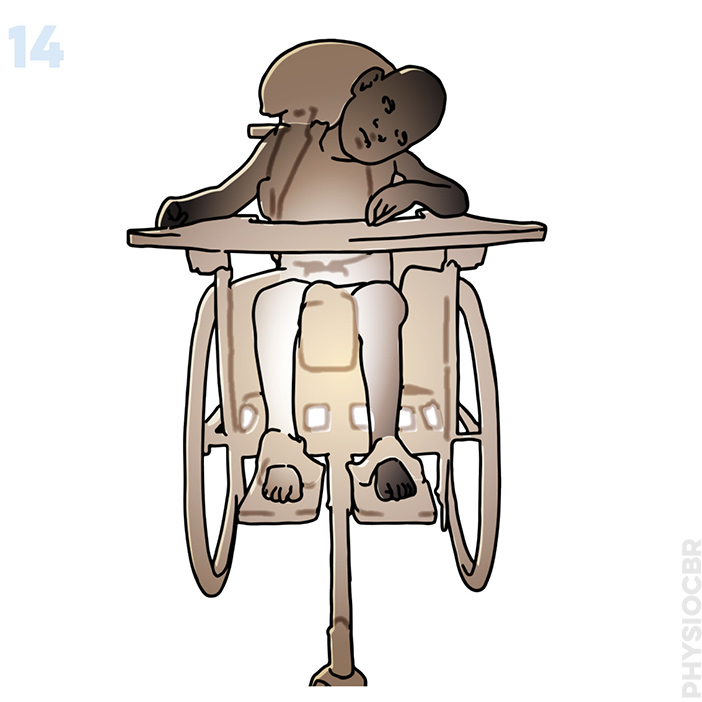
Does the child have a ‘floppy’ head and weak back? (unable to hold head up properly or sit unaided)


go to 16

Is there increased tone in both legs? (eg legs scissoring or difficult to straighten)


go to 12

Are both legs ‘floppy’? (ie legs tend to fall into a frog leg posture and not kick or move much)


go to 17
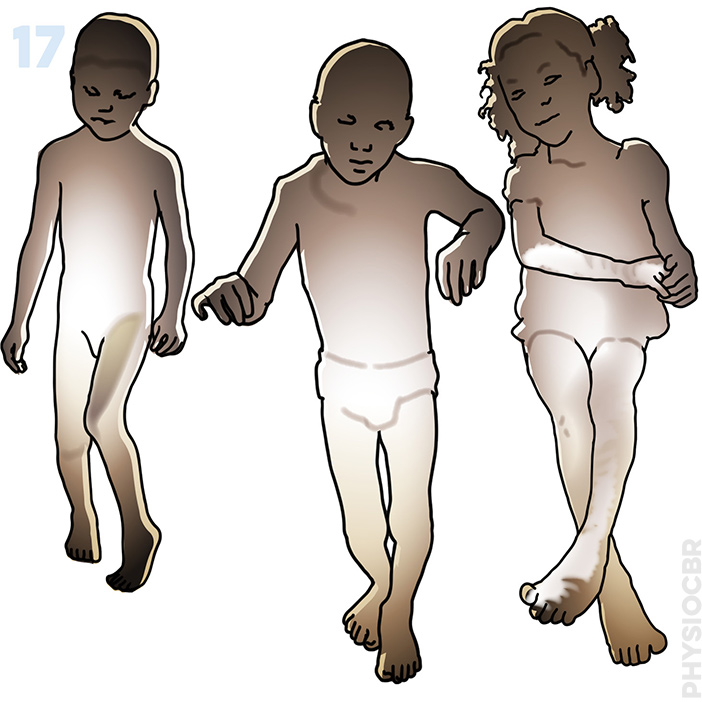
Does the child have stiffness (Increased tone) or floppiness (decreased tone) on one side of the body? (arm may be worse than leg or vice versa)

go to 18


Are both legs ‘floppy’? (ie legs tend to fall into a frog leg posture and not kick or move much)


go to 17

Does the child have stiffness (Increased tone) or floppiness (decreased tone) on one side of the body? (arm may be worse than leg or vice versa)


go to 19
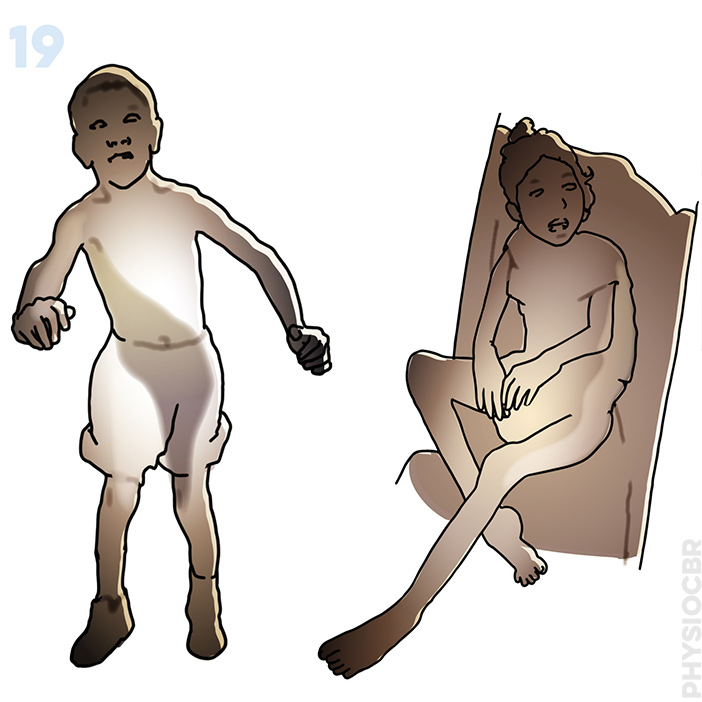
Are there variable or unwanted movements that become noticeable when the child tries to move? (sitting and standing balance can be difficult, affecting all the body)

go to 20


Does the child have stiffness (Increased tone) or floppiness (decreased tone) on one side of the body? (arm may be worse than leg or vice versa)


go to 19

Are there variable or unwanted movements that become noticeable when the child tries to move? (sitting and standing balance can be difficult, affecting all the body)

go to 20

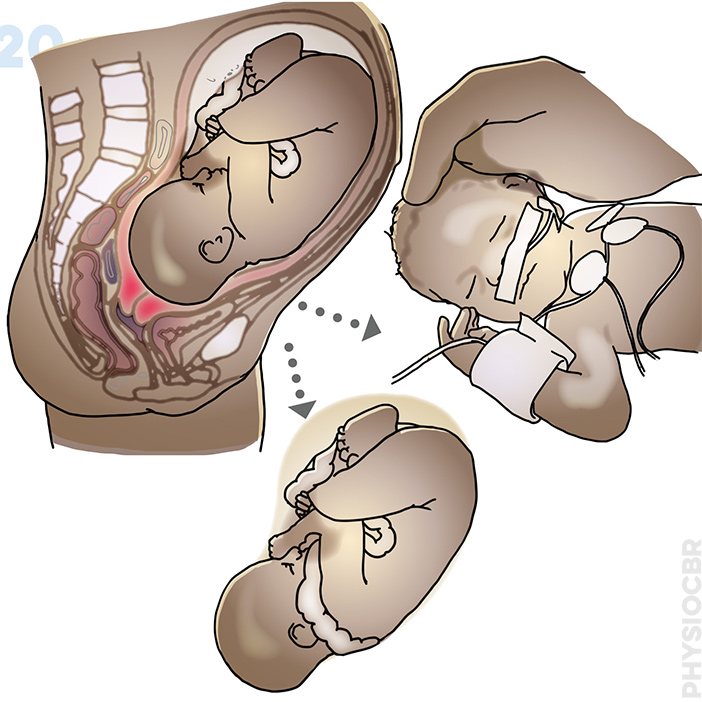
Did the child have some difficulties around birth eg born too soon, too late, too fast, difficult labour, cord round neck, took some time to cry when first born?


go to 21
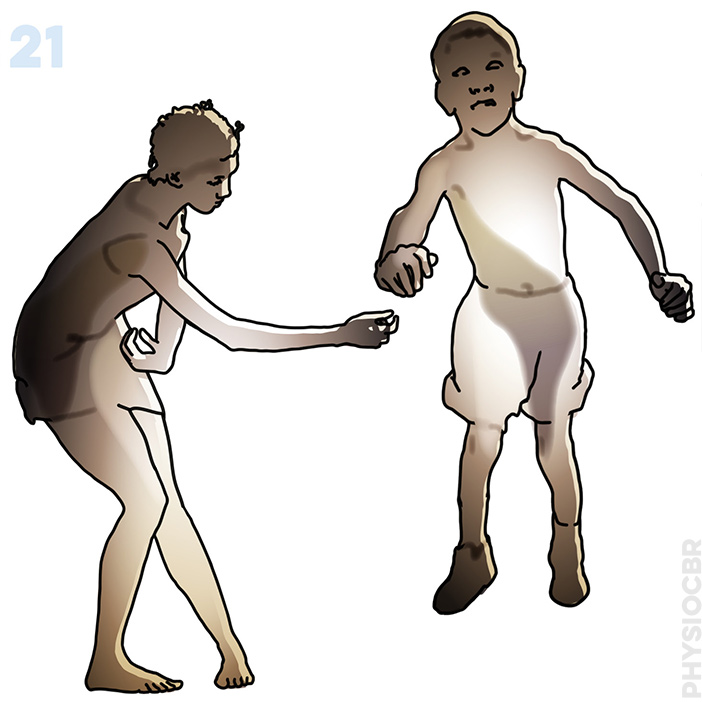
Are there variable or unwanted movements that become noticeable when the child tries to move? (sitting and standing balance can be difficult, affecting all the body)

go to 22


Is there increased tone in both legs? (eg legs scissoring or difficult to straighten)

go to 7


Is there increased tone in both arms? (eg arms stiff and difficult to straighten). One arm may be affected more than the other


go to 23
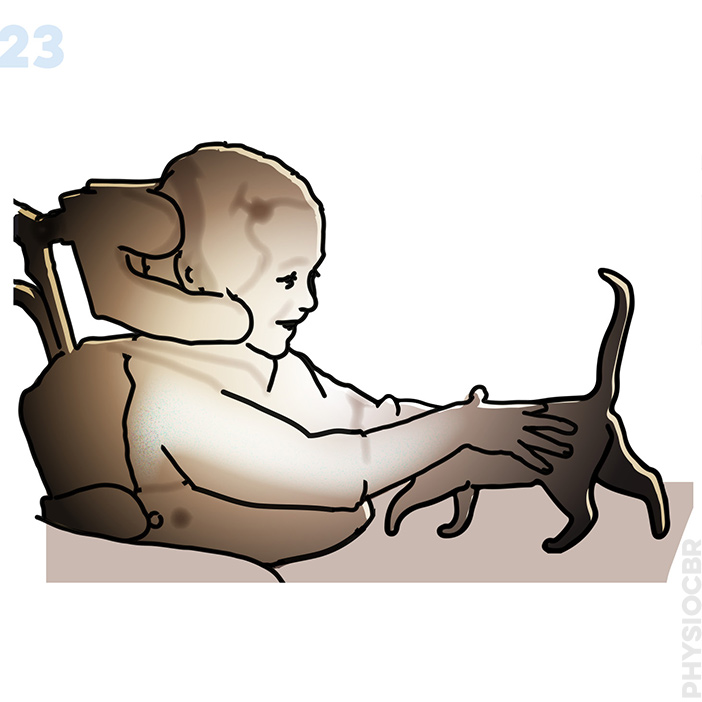
Are both arms moving equally and normally without ‘floppiness’ (low tone) or resistance (high tone)


go to 24
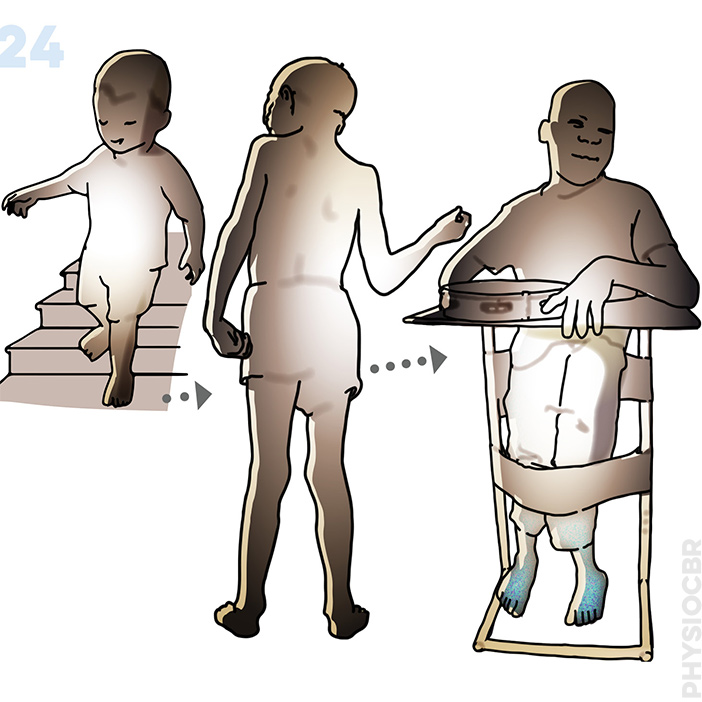
Was development normal until stiffness or weakness in lower limbs developed over time?


 Suspected spinal tumour
Suspected spinal tumour
